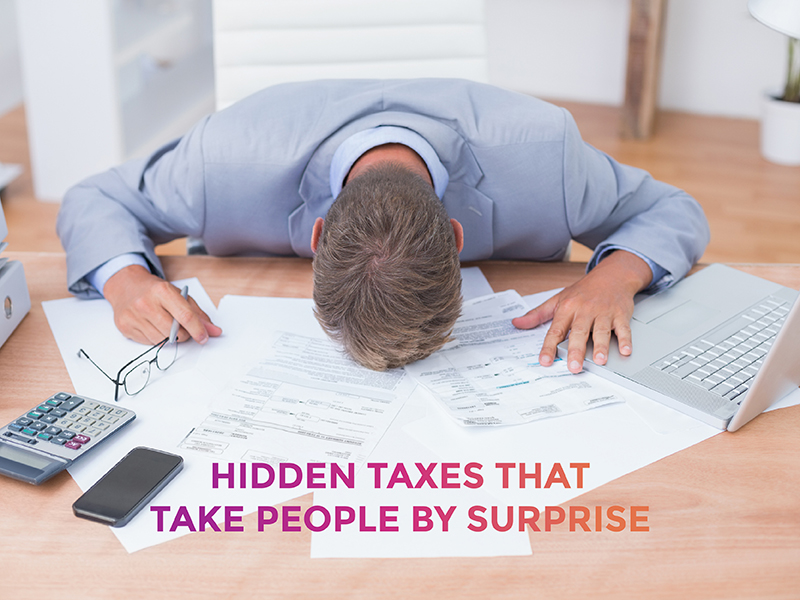Hidden taxes for high-income earners
Are you a high income earner? You may not be aware that you’re liable for additional taxes. Ensure you don’t get caught out by familiarising yourself with hidden taxes that often take people by surprise.
Division 293 tax
Division 293 tax is an extra 15% tax payable on your concessional superannuation contributions if your adjusted income (including any reportable fringe benefits as well as net investment losses) is over the relevant threshold for the year.
You won’t see this tax on your notice of assessment. It’s assessed separately, and the Australian Taxation Office (ATO) will issue an assessment once they have gathered all the appropriate information from your individual income tax return and your superannuation fund.
Even though Division 293 is a tax on your super contributions, you are personally responsible for the payment. You can elect for the tax to be paid from your super fund; to do this, you will need to send a release authority to your fund. Special rules apply for defined benefit funds.
Medicare Levy Surcharge
If you or your family earn above the ATO-determined income threshold, you may need to pay the Medicare Levy Surcharge. This is in addition to the Medicare Levy, which most taxpayers are responsible for paying. The surcharge aims to encourage you to take out private hospital cover at a sufficient level to reduce the demand on the public Medicare system.
When taking out private health insurance, check with the fund to see if the level of cover you have is sufficient to ensure you are not responsible for the Medicare Levy Surcharge. While some people look for the cheapest hospital cover with a high excess, this may not offer a sufficient level of cover to ensure they avoid paying the Medicare Levy Surcharge.
Private health insurance rebate
While having private health insurance can save you from having to pay the Medicare Levy Surcharge, there are also income thresholds for the private health insurance rebate.
Whether you are a single person or a family, there are three tiers of income that determine what rebate you are entitled to. The amount of the available rebate decreases as your income increases. If you have not advised your health insurance company of your current level of income, you may be receiving a rebate that you’re not entitled to.
When you lodge your tax return each year, the ATO gathers information about your income and the private health insurance rebate received. If the rebate you received was too high, you’ll have to pay the excess back when lodging your tax return. On the other hand, if you didn’t claim a sufficient rebate from your private health fund, you may be entitled to a refund when you lodge your tax return.
The rebate percentages and thresholds change regularly, so check in with your private health insurance fund to find out about your entitlements.
HELP or HECS debt and reportable fringe benefits
Are you a high income earner with study and training support loans such as HELP or HECS?
If you are salary packaging and receiving reportable fringe benefits, these amounts are often missed when calculating the correct amount to withhold from your wages to cover you for your HELP or HECS debt. There are many stories of clients processing and lodging their tax return only to receive a large tax bill as their salary-packaged amount did not have the required Pay As You Go (PAYG) withholding to cover their HELP or HECS debt. We recommend you contact your HR department to ensure you don’t end up with a large, preventable tax bill.
As a high income earner with a HELP or HECS debt, if you’re earning business income in addition to salary and wages, you’ll need to save more than 50 percent of your income to cover the tax liability and the HELP or HECS debt.
Embrace Accountants offers expert tax and business advisory solutions to medical specialists, allied health professionals and those in the construction industry. If you’re a high income earner and need tax advice, contact one of our advisors today.

